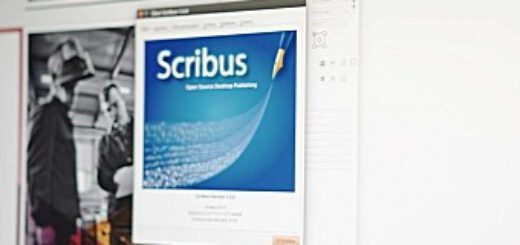Digital Signage Software Linux Open Source
Since that time, over 12 million copies of the game have been purchased from Apple's App Store, which has prompted the company to design versions for other touchscreen-based smartphones, such as those using the Android operating system, among others. Angry Birds has been praised for its successful combination of addictive gameplay, comical style, and low price. } This is the Theme Music of Angry Birds which is a video game franchise created by Finnish computer game developer Rovio Entertainment. Angry birds theme song midi download. Inspired primarily by a sketch of stylized wingless birds, the first game was first released for Apple's iOS in December 2009.
Nov 17, 2015 - Xibo: Xibo is a complete digital signage solution comprised of a. Open Splash: OpenSplash is free, open source software built to get. Linux is supported via Chrome extension, but a native player is also in the works. Concerto is a Web-based digital signage system. Using Concerto, it's easy to engage your community with graphical, video, and textual messages. These messages can come from moderated user submissions or automatically from sources anywhere on the Web.
This is not a review or recommendations of what to use. It’s also not a validation of free. End-users invariably need to invest real money for media player and display hardware, and they will have soft and real ongoing costs for content and creative. So no network is free. While enterprise-grade software from some of the largest firms in digital signage can be costly, there are scores of options for commercial signage CMS platforms that come in at low to quite low costs per media player license, in the range of $10 to $25/month. The best advice is to look first at the demands and workflows of a signage network, and sort out what’s needed.

If a free platform does the job, great. If it introduces compromises and risks, is it worth it? When it comes to free digital signage software, there are many products touted in some form or another as free. It is very hard to stay on top of all the options out there and the variations on free, but we’re going to try – by category and by alphabetical order. Open Source Software These are software packages that have been developed by and supported by the open source community. To use them, you need to download the software, install them on your own servers (new or re-purposed), and then manage them. This tends to be work best left to people with an interest and distinct skills in information technology.: Concerto started at Rensselaer Polytechnic Institute (also known as RPI) in 2008.
It was a student project to create a modern (and free) system to distribute announcements and information across campus without the campus-wide e-mail announcement lists and paper posters. It has remained open source and is still in active development. A software company that grew out of RPI now markets a.: Vodigi is billed as free, open source, interactive digital signage software solution that offers all the features you need to promote and advertise your products and services. However, active development on the software stopped in 2014.: Xibo is a complete digital signage solution comprised of a web-based content management system (CMS) and choice of Windows or Android signage players. It started as a university project in 2004. There is a low-cost version of Xibo, called. Also:: OpenSplash is free, open source software built to get playlist data and media files from a server.
It was and is a project driven by Montreal’s Ayuda Media Systems, which markets a full static and digital solution for out of home media companies (a platform that is definitely not free). Supporting video walls, screen zoning with overlapping and depth order, and dynamic content, it is designed to be driven by any network-based content management system (CMS). OpenSplash does not have a CMS, and therefore is not a complete signage solution out of the box. The value for resellers and manufacturers comes from using it to build solutions. Is a commercial digital signage platform built around the Raspberry Pi micro-PC, but it has a pair of free options. The commercial product has a limited free license, but more to the point, there is. The OSE stands for Open Source Edition.